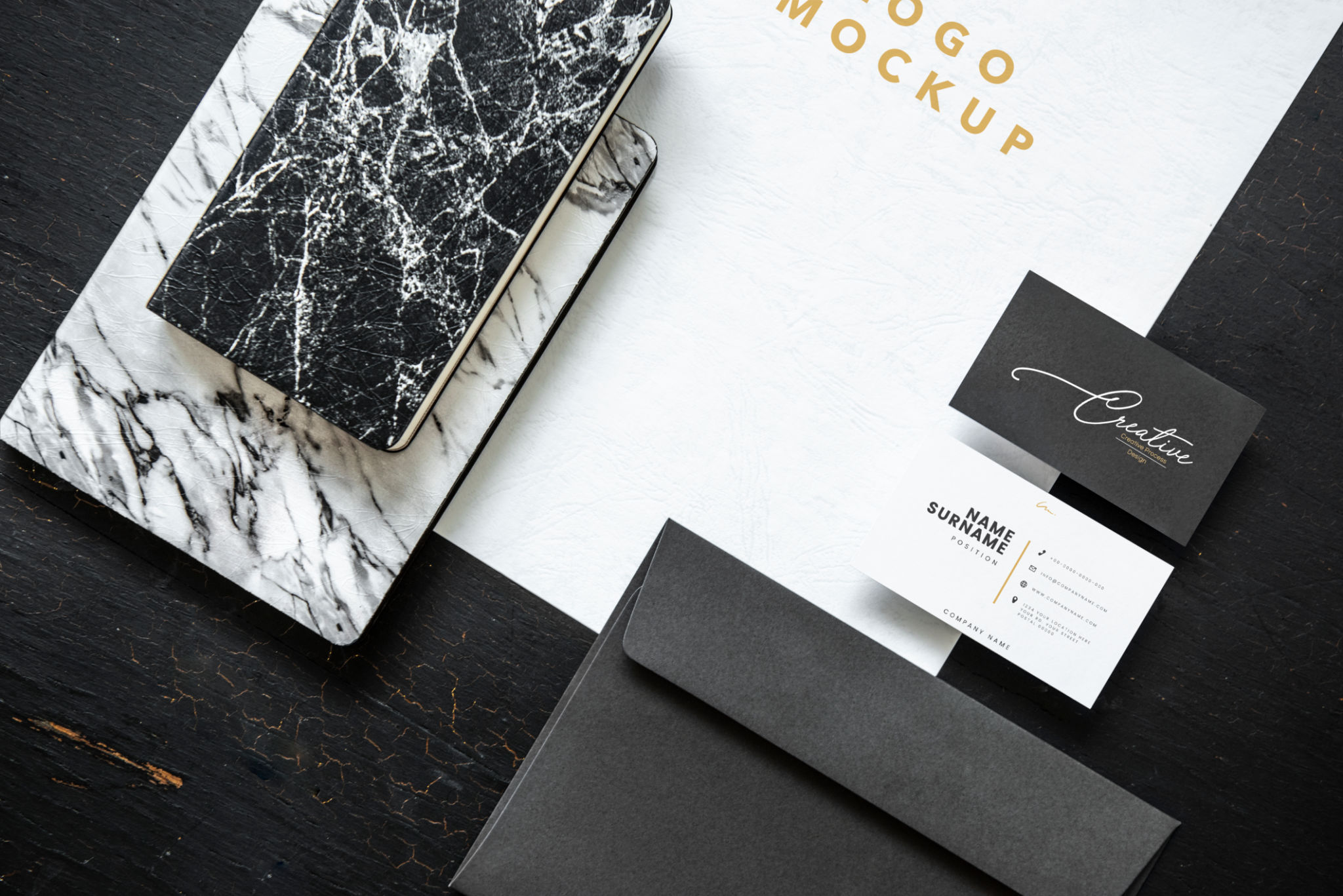DIY Business Card Design Tips for Small Businesses
Understanding the Importance of Business Cards
In today's fast-paced digital world, one might wonder if business cards are still relevant. However, they remain a powerful tool for networking and branding. A well-designed business card can make a lasting impression and serve as a tangible reminder of a meeting or interaction.
For small businesses, especially those on a tight budget, creating your business cards can be a cost-effective solution. By designing them yourself, you have full control over the look and feel, ensuring that they align perfectly with your brand's identity.

Key Elements of a Business Card
Before diving into the design process, it's crucial to understand the key elements that should be present on every business card. These include:
- Name and Title: Your name and professional title should be prominently displayed.
- Contact Information: Include essential contact details like phone number, email address, and website.
- Company Logo: A logo helps in brand recognition and should be included if you have one.
- Social Media Handles: If applicable, add social media profiles to connect with clients or customers online.
Choosing the Right Design Software
To create professional-looking business cards, selecting the right design software is crucial. Tools like Canva, Adobe Spark, or even Microsoft Publisher offer user-friendly interfaces for beginners. These platforms often provide ready-made templates that you can customize to fit your brand's needs, saving you time and effort.

Design Tips for Creating Impactful Business Cards
When designing your business cards, keep the following tips in mind to ensure they stand out:
- Simplicity is Key: Avoid clutter and stick to essential information. A clean design looks more professional and is easier to read.
- Use High-Quality Images: If you choose to include images or logos, ensure they are high-resolution to avoid pixelation in print.
- Choose a Readable Font: Select a font that is easy to read at a small size. Steer clear of overly decorative fonts.
Selecting the Right Paper and Finish
The type of paper and finish you choose can significantly affect the impression your business card makes. Consider using thick, high-quality paper to convey professionalism. Additionally, finishes like matte or glossy can add an extra touch of elegance.
If you're aiming for a unique look, consider special finishes such as embossing or foil stamping. These elements can make your card feel more luxurious and memorable.

Printing Your Business Cards
Once you're satisfied with your design, it's time to print your business cards. While you can use a home printer for small batches, outsourcing to a professional printing service can ensure higher quality results. Many online printing services offer competitive rates and quick turnaround times.
Remember to request a proof before printing the entire batch. This step allows you to catch any errors or make adjustments before it's too late.
Conclusion
Designing your business cards can be an enjoyable and rewarding process. By following these DIY tips, you can create cards that are not only budget-friendly but also reflect the professionalism and uniqueness of your small business. With the right approach, your business card can become a powerful tool for making lasting connections.
